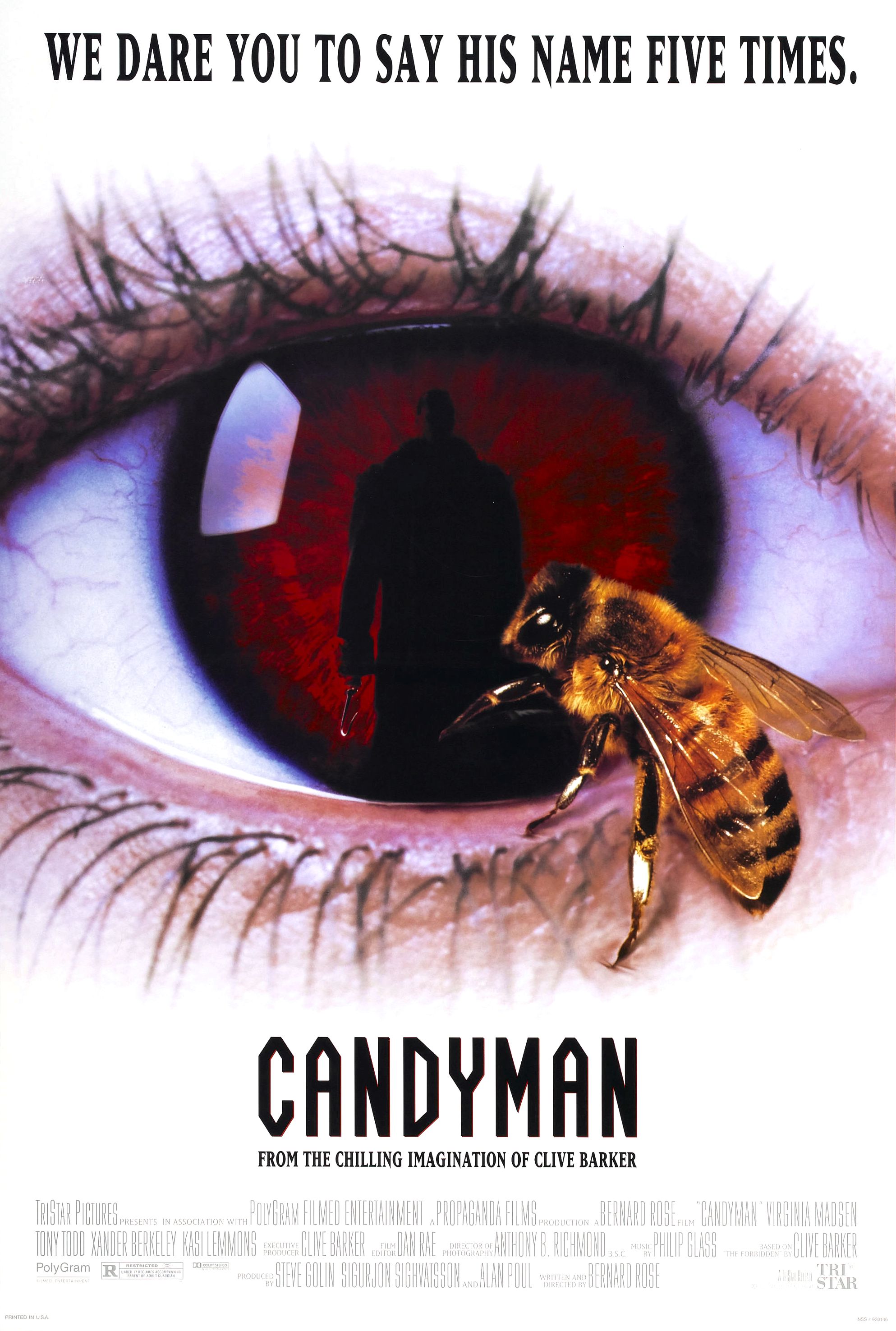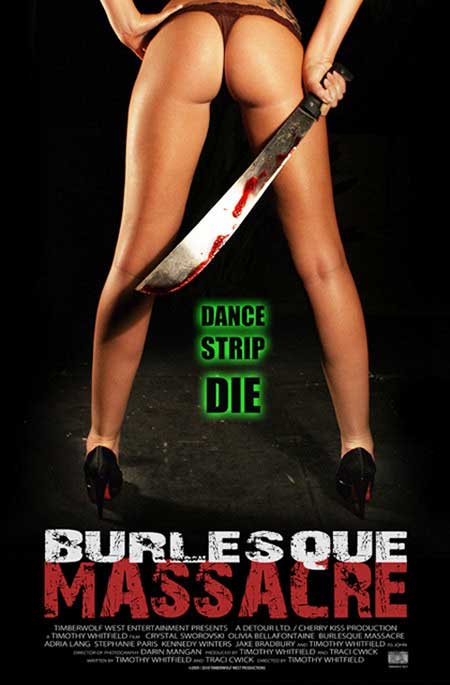
The Madhouse
Synopsis
Emily Coldwater was horrified to learn that her late parents’ estate was built with blood money. She is terrified to have discovered that the spirit of the place is alive and seeks vengeance for the terrible deeds of her father. Can Emily's own extraordinary powers protect her and her guardian aunt from the malevolent mansion that threatens to destroy the sole surviving link to her family--Emily herself? For readers who have graduated from R. L. Stine but aren't quite ready for Stephen King, this novel is a perfect read!
Prologue: The Body in the Cellar
Palm Acres stood amid the shade of broad oaks and towering pines, surrounded by a vast variety of other trees-mimosas, maples, hackberries, sycamores, birches, goldenrains, pears, maples, Eastern redbuds, crape myrtles, Washington hawthorns, Bechtel crabapples, and, of course-palms. There were royal palms, Pauroutis palms, pygmy date palms, cabbage palms, Chinese fan palms, Christmas palms, fishtail palms, key thatch palms, queen palms, Macarthur palms, jelly palms, sentry palms, Washington palms, windmill palms, and yellow butterfly palms.
Flowers grew in banks that divided the estate into various sections or “lawns,” which were designated by reference to the points of the compass as the north lawn, the northeast lawn, the east lawn, the southeast lawn, the south lawn, the southwest lawn, the west lawn, and the northwest lawn.
Shrubs and hedges, ponds and fountains, statues and mosaics decorated the lawns and gardens and marble walkways. Beyond the towering hedge that surrounded the magnificent Tudor mansion that stood at the heart of the estate, looking down upon its lush surroundings from its hilltop vantage point, the dark blue-green sea with its white, crashing breakers relentlessly assaulted the golden sands that comprised the estate’s private beach.
The house boasted over a hundred and twenty rooms, including the great hall, parlors, studies, bedrooms, a conservatory, a library, an indoor swimming pool, a kitchen, a pantry, and a dining room. Some were paneled in oak, others were papered in silk, and still others were plastered with ornamental effects, all under a slate roof of many chimneys, steep gables, arches, and towers behind brick, half-timbered walls and mullioned windows.
The huge house was more than ample for its four residents, their dog and cat, and the servants who tended the family’s every need.
Abner Coldwater had been a rogue. He had done unconscionable things to acquire the fabulous wealth that had paid for this estate. Palm Acres, despite its great beauty and tranquility, was bought, envious relatives in the extended family were fond of observing-if in whispers only, at a distance-with “blood money.” These same relatives pretended to be scandalized by Abner’s deeds, but their indignation never prevented them from attending one of the formal balls or the many dinner parties that Abner’s wife Phoebe sponsored each year.
Quite the contrary was true! These same indignant relatives practically leaped at the opportunity to make an appearance at Palm Acres. At their vilified relative’s home, the sparkling wine flowed freely, the rich food was in endless and constant supply, and luxury was everywhere at hand, both with regard to the landscaped grounds and the elegant furnishings within the lavish rooms. To Abner’s and Phoebe’s faces, they were eminent and distinguished champions of society and culture whose millions were a boon to admirable and charitable efforts to aid the less fortunate. It was only behind their backs that they were rogues and scoundrels who had amassed wealth at the expense of others’ welfare.
Preston never gave any thought whatsoever to any of his distant relatives’ gossip, slander, and abuse. To him, it meant nothing. They could say whatever they wished, in whispers behind his back, as long as, to his face, they remained fawning fools who exuded false politeness and charm. It was enough-far more than enough-that he had inherited Palm Acres from his late parents.
For Lana, the unkind remarks stung, even if she knew of them only second-hand, from those who hoped to curry favor with her by apprising her of the very things about which she would gladly have remained blissfully unaware. Like her husband, Lana took refuge in the vast luxury and deep comfort of the estate, content to have such a fabulous home, a wealthy husband, and a lovely child. Her two-year-old daughter was an angel on loan from heaven, she often told others. Little Emily had made their family complete.
Tonight’s dinner-soup and salad, homemade bread, roast squab, potatoes au gratin, spinach, and cream corn, topped off with chocolate pudding with whipped cream-had been, as always, a delicious, if late, finish to a long day. Afterward, Preston slipped into his silk pajamas, smoking jacket, and leather slippers, taking a seat in the overstuffed armchair opposite Lana’s position on the scalloped loveseat’s velvet cushions. There were a few business papers to review, and then he would retire. To help him to sleep, he would relish a glass of champagne from the family’s wine cellar.
“Damn it!”
Lana looked up from her latest Regency romance, a slight frown of concern on her lovely face.
“I wish I hadn’t given the servants the night off,” Preston complained. “I would love to have a glass of champagne just now, but--”
Lana set her book aside, closing its gilt edges upon the red ribbon bookmark to hold her place. “I’ll get a bottle,” she volunteered.
Preston smiled. “Thanks, darling, but I don’t want to bother you.”
She returned his smile. “It’s no bother, dear. I’ll be just a moment.”
He nodded, embarrassed. She knew of his childish fear of the dank, dark room in the basement. Even as an adult, he loathed the underground wine vault. It was disagreeably damp and dark even when the dim bulb was illuminated. Retreating from the sudden light, the shadows, it seemed to him, just waited for a chance to leap forth from the niches and alcoves and crevices to which they’d momentarily retreated. They bided their time, waiting to plunge the clammy room into impenetrable darkness so that whatever monsters lurked within the walls could assault him, kill him, and devour him.
Such fears were stupid and childish, he knew. Such fears were unmanly. They were also quite real to him, despite his embarrassment. Except in response to an emergency, he would not-could not-step foot into the wine cellar. It was to that dark, dank place that his father had exiled him time and again, locking him within the close, clammy space, alone and trembling in the darkness. Such was his punishment for any infraction, no matter how small, of his father’s countless rules, and such was his father’s means of ridding his son of the boy’s “foolish” fear of the dark.
The effects of such callous “punishment” were to establish within Preston a lifelong dread of the wine cellar and any other small, dark places as well as bitter self-loathing and mortification toward his childish fears and senseless timidity. Even now, he had to rely, in his servants’ absence, on a woman to fetch his wine for him, and he cursed again his unmanly fear of the dark.
Lana knew the arrangement of the bottles in the racks, where the ports, sherries, and brandies were kept and where the amontillados and champagnes were stored. Selecting a dusty bottle of Dom Pérignon, she smiled, knowing how much her husband enjoyed the delicate white wine. She turned, to ascend the narrow stone stairs, and the heavy, blunt object struck her hard in the back of the head. Lana gasped in pain and surprise, falling to her knees. The Dom Pérignon crashed against the stone floor, bursting in a spray of glass and wine. Darkness engulfed her. Lana’s last sensations were the pain in her head and the fine bouquet of the world-famous champagne.
“Preston!” Lana’s attacker cried, the voice shrill and loud over the house’s intercom speakers.
Upstairs, Preston hastily extinguished his cigarette in the smoke stand’s crystal ashtray and hurried toward the elevator that would take him to the feared and hated cellar.
“Preston!” the voice cried again.
When the elevator doors parted, he sprinted from the car, down the subterranean corridors, to the dank, dark room.
Lana lay face down on the wine cellar’s stone floor, atop the broken champagne bottle and the spilled wine.
Preston’s confederate, Natalie Martin, said, “Don’t just stand there. I can’t move her by myself.”
Preston bent over his wife’s corpse. Taking Lana’s body by the wrists, he pulled, grunting, and managed to turn the cadaver onto its back. Lana’s beautiful blue eyes stared sightlessly into his own. He shuddered. The sight of her dead body was more horrible than he had imagined, especially in the close confines of this damp cellar. Together, he and Natalie wrapped the corpse in a heavy plastic bag and sealed the bag with duct tape.
“Take her ankles,” Preston instructed his partner in crime.
The lovely, dark-haired woman with the dark eyes took an ankle in each hand and, together, Preston and she were able to drag Lana’s corpse over the rough, stone floor to a niche behind one of the wine racks.
Waiting on a low table beside the niche was a trowel and a bucket of mortar. Beside the table, there was a pile of bricks.
They stood Lana’s bagged body up against the back wall of the narrow alcove. Preston’s murderess held the corpse erect while her accomplice set the bricks in place, added a layer of mortar between each successive tier, and walled up his late wife inside the alcove.
His partner rewarded his labors with a kiss. “I love you, Preston Coldwater,” she proclaimed.
“I love you, too, Natalie Martin,” he replied, returning her kiss.
She withdrew her lips, stepping back. “You mean Natalie Coldwater, don’t you?”
Preston smiled. “Of course,” he answered, “as soon as a decent interval of mourning has passed.”
“How long do you think we’ll have to wait?” she demanded.
“I think we’ll have to wait at least a year.” He glanced nervously around the damp wine cellar that had just become his late wife’s tomb.
“There’s no way I’m waiting twelve months!”
“How about six months, then?”
She nodded, the smile returning to her face. “Are you asking me to marry you?”
He grinned. “I’ve already asked, and you’ve already accepted.” He again hazarded a glance to his left, a quick look to his right, and a peek behind.
She was distracted by his furtive, darting glances. “What are you looking for?” she demanded.
He swallowed. “You know how nervous this place makes me.”
She snorted derisively. “It was your idea to entomb her body here.”
“I know, but that doesn’t mean that I have to like it.” He started toward the arched doorway.
“Wait,” Natalie said.
He stepped into the hallway outside the wine cellar. Looking into the dank, dark room, he asked, “What is it?”
“The brat,” she said, “and Lana’s sister, Cecilia. “What do we do with them?”
“What do you mean?”
“Wouldn’t it be convenient if they were to take up residence beside darling Lana?”
Preston blanched. “You mean that we should kill them?”
Natalie’s eyes swam with amusement at his discomfort. “Why not?”
“No!”
“We don’t need them underfoot all the time, getting in our way.”
Preston shook his head. “I won’t do it. I won’t hear of it.” He hastened down the corridor.
Natalie hurried to catch up to him. “At least let’s talk about it. We don’t need a brat and her nanny. We don’t need anyone but ourselves.”
In the end, however, Preston was adamant. Needed or not, two-year-old Emily would be allowed to live, as would her Aunt Cecilia.
After all, if they were going to keep the child, they would need someone to mind her.
For more, visit The Madhouse

































